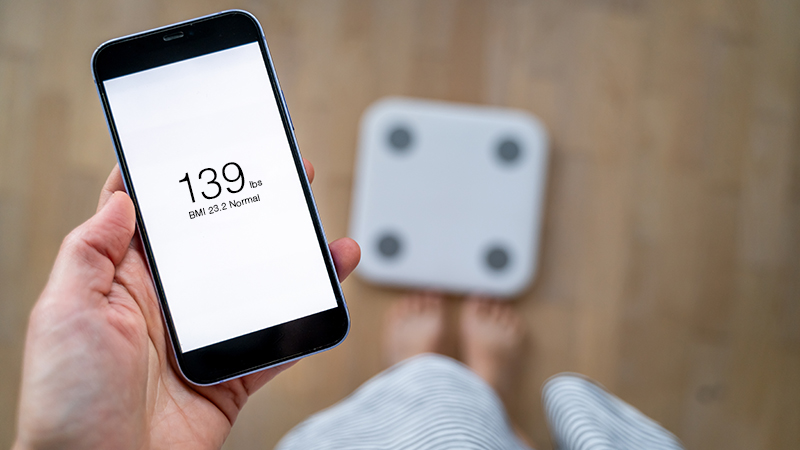Foamy Urine: What's Normal, What's Not
When to Call Your Physician
Updated November 2024
If you notice foam lingering in the toilet bowl after urinating, you might wonder if it’s cause for concern. Cybele Ghossein, MD, a nephrologist at Northwestern Medicine who specializes in kidney disease, gets to the bottom of foamy urine and explains when you should talk to your physician.
What Normal Urine Looks Like
It can often look like the foam you see when pouring beer.— Cybele Ghossein, MD
Understanding what’s normal can help you recognize potential warning signs in your urine. Normal urine is clear with a yellowish hue, no blood and no foam. Most people notice bubbles in the toilet after urinating. This is completely normal. However, it’s important to understand the difference between regular bubbles and foam.
“Bubbles are bigger, clear and flushable,” explains Dr. Ghossein. “Foam, on the other hand, is white, and it stays in the toilet after you flush. It can often look like the foam that you see when pouring beer,” she says.
What Causes Foamy Urine
The most concerning cause of foamy urine is excess protein in the urine. This is a condition known as proteinuria.
“Your kidneys should filter the protein, but keep it in your body,” explains Dr. Ghossein. “If your kidneys are releasing protein into the urine, they are not working properly.”
Proteinuria can be caused by a number of diseases that directly impact your kidneys, such as lupus or diabetes, but it can also be a symptom of a medical issue affecting other systems in your body.
When To Seek Medical Attention
While not all instances of foamy urine indicate a serious problem, knowing when to seek care is important.
If you notice foam in your urine, Dr. Ghossein says you should talk with your primary care physician. A simple urine test can confirm if you have protein in your urine, and how much. Based on these test results, your medical history and a thorough exam, your physician may send you to a specialist, like a nephrologist, for further testing and care.
“It’s important to note that foamy urine, when accompanied by swollen legs and swelling or puffiness around the eyes can indicate serious kidney disease,” says Dr. Ghossein. Your physician may refer to the swelling as edema. If you have all three of these symptoms, you should seek medical care right away.
Learn more about kidney and urinary health.






